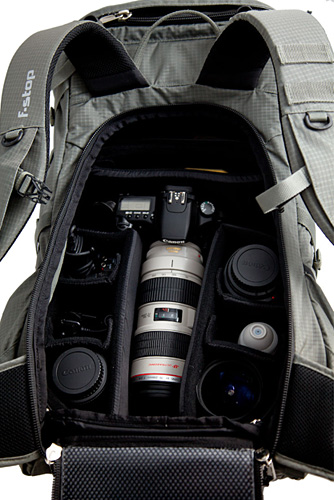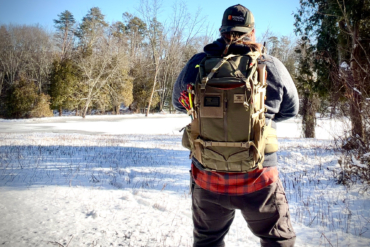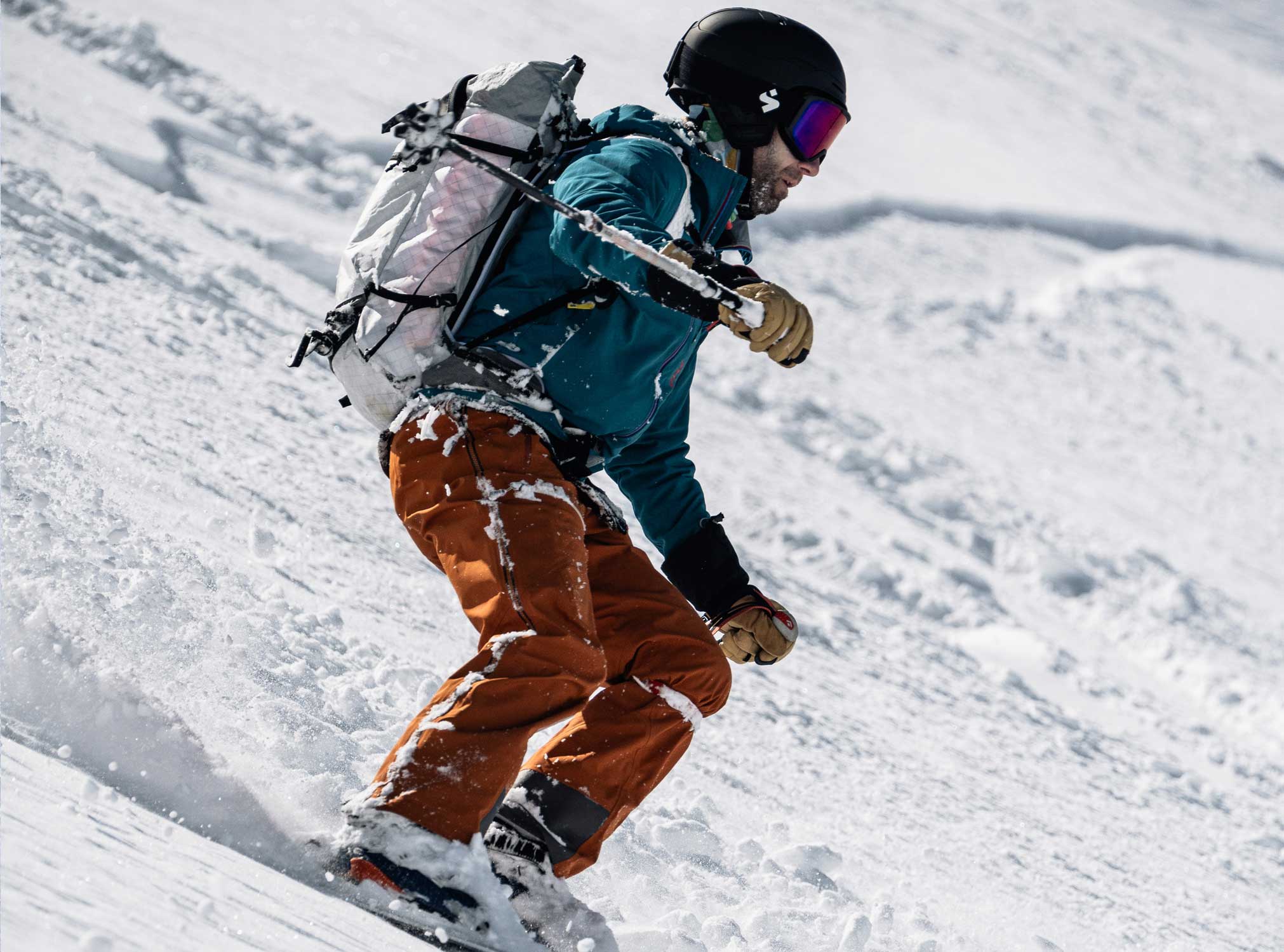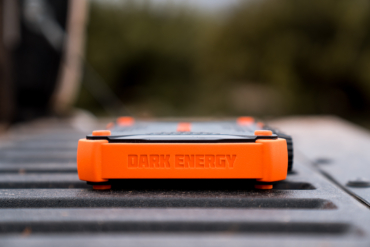By T.C. WORLEY
Based in St. Louis, and founded by a group of working travel- or adventure-photographers (including Tim Kemple, Climbing Magazine’s senior contributing photographer), F-Stop is a small company that markets to a subset of the world of photojournalism as well as serious amateur shooters. The company’s wares, camera cases and packs, have some hype in certain spheres and a reputation of being the best tools for the tough job of toting a camera to shoot athletes and vistas in deep wilderness and at ends of the Earth.

I ordered the company’s Tilopa backpack for a test. Besides being a tough, safe home for my expensive camera gear (my full-time job is as an independent photojournalist), the $300 bag actually carries similar to a technical backpack. I can tell that it was designed by guys who do what I do — chase sunsets, follow athletes, and head on adventures to bring home the bacon.
Over six months I’ve worn the Tipola while biking, hiking and skiing, and I can say that it has performed better than any other photo backpack I’ve ever tried. It is reasonably comfortable considering the weight of all my gear — usually well over 30lbs. A 7-inch-deep pack body means that larger, pro-level cameras fit just as well as smaller consumer-grade models.
The Tiploa is the biggest in the F-Stop lineup that is carry-on approved for air travel. It features a padded laptop sleeve so you can keep your computer safely with you at all times on the road. There are plenty of pockets as well as extras like straps to attach gear such as a tripod or even a snowboard or skis on the back of the pack. You access your camera gear via the back panel of the pack, which fully unzips open to give quicker access than digging in and down under a pack lid (like with a regular pack design).

One of my favorite design elements is the unique “internal camera units,” which are padded, sectioned containers of various sizes that can be swapped and customized easily depending on the amount of gear a person wants to carry. To go light, choose a smaller “ICU,” take less camera gear, and have more room for food or extra layers in the pack. With the large ICU, I was able to fit two camera bodies, three lenses and a flash with plenty of room to spare.
Volume of the pack overall is 50 liters (3,100 cubic inches), and it measures about 12 × 24 × 10 inches in size. It has a lightweight internal metal frame for support. The main inside compartment dimensions are about 12 × 22 × 10 inches — big enough for camera gear and the extras you’ll need for a day trip into the outback.

Like most hybrid backpack/camera bags, getting at your equipment with the F-Stop is not super quick. Indeed, when the right shot presents itself, and you’re scrambling for gear, like most packs this one sometimes seems frustratingly slow. In most cases, it requires that I remove the pack, set it down, and open it to retrieve my equipment. The large, zip-open back panel is faster than a few designs, but there is no quick-access holster or any unique touches that have changed the way I do business out there.
But all that said, for a solid, safe, and made-for-the-outdoors camera pack, this F-Stop design is close to perfect. The pack now sits near the front of my closet and at the top of my list as a camera-gear-carrying piece I rarely want to venture outdoors without.
—T.C. Worley is an independent photojournalist and contributing writer for GearJunkie. His photography on the outdoors and adventure travel appears regularly in publications including New York Times and Wall Street Journal.





